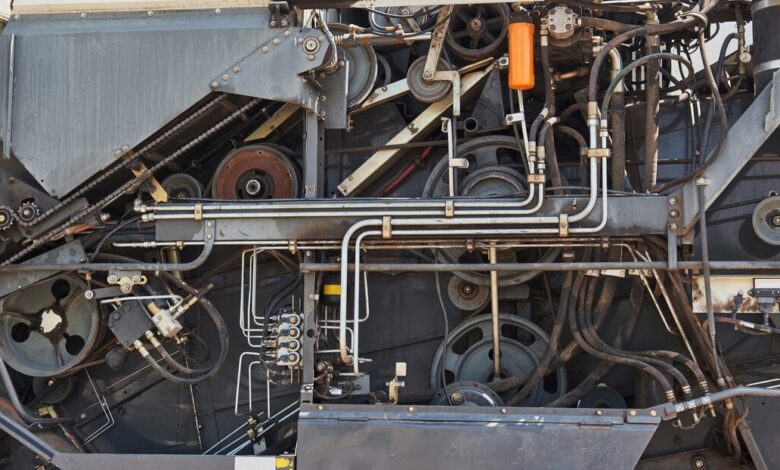Precision Maintenance: Enhancing Reliability in Combined Cycle Steam Turbines

Combined cycle steam turbines play a crucial role in power generation, offering an efficient and environmentally friendly approach to meet the increasing electricity demand.
To ensure optimal performance and longevity, precision maintenance becomes paramount. In this article, we will explore the significance of precision maintenance in enhancing the reliability of combined-cycle steam turbines.
The Importance of Precision Maintenance
Precision maintenance involves a meticulous approach to repairs and upkeep, focusing on accuracy and attention to detail. In the context of combined cycle steam turbines, precision maintenance contributes significantly to the overall reliability of the system.
Performance Optimization
Precision maintenance aims at optimizing the performance of combined cycle steam turbines by addressing issues at the micro-level. This includes inspecting and refurbishing components with precision, resulting in improved energy conversion efficiency and overall plant performance.
Reduced Downtime
To minimize downtime and ensure that combined cycle steam turbines operate at their full capacity, timely maintenance is imperative. This is crucial for power plants striving to meet the demands of the grid without interruptions.
Enhanced Component Lifespan
By identifying and rectifying potential issues before they escalate, precision maintenance extends the lifespan of critical components. This proactive approach reduces the frequency of major overhauls and replacements, ultimately saving on operational costs.
Cost-Efficiency
Investing in precision maintenance may seem meticulous, but it proves cost-effective in the long run. Preventing major breakdowns and addressing minor issues promptly can save power plants substantial amounts in both repair and replacement expenses.
Precision Maintenance Techniques
Now, let’s delve into some key precision maintenance techniques employed in enhancing the reliability of combined cycle steam turbines:
Vibration Analysis
Utilizing advanced vibration analysis tools allows for the detection of anomalies in rotating components. By identifying imbalances and misalignment early on, maintenance teams can take corrective actions, preventing further damage.
Thermal Imaging
Thermal imaging technology helps pinpoint hotspots or abnormalities in the turbine’s components. Addressing temperature variations promptly can prevent overheating and potential system failures.
Oil Analysis
Regular analysis of lubricating oil provides insights into the condition of bearings and other crucial components. Monitoring oil quality and identifying contaminants enable proactive maintenance measures.
Rotor Balancing
Dynamic balancing of turbine rotors ensures smooth operation, minimizing wear and tear on bearings. Precision balancing techniques are essential to prevent vibrations that could lead to performance degradation.
Conclusion
In the realm of combined cycle steam turbines, precision maintenance stands as a cornerstone for enhancing reliability and performance. By embracing meticulous techniques and staying ahead of potential issues, power plants can ensure the seamless operation of their turbines, contributing to a sustainable and reliable energy future.
As technology continues to advance, the role of precision maintenance becomes even more critical in maximizing the efficiency and lifespan of combined-cycle steam turbines.


